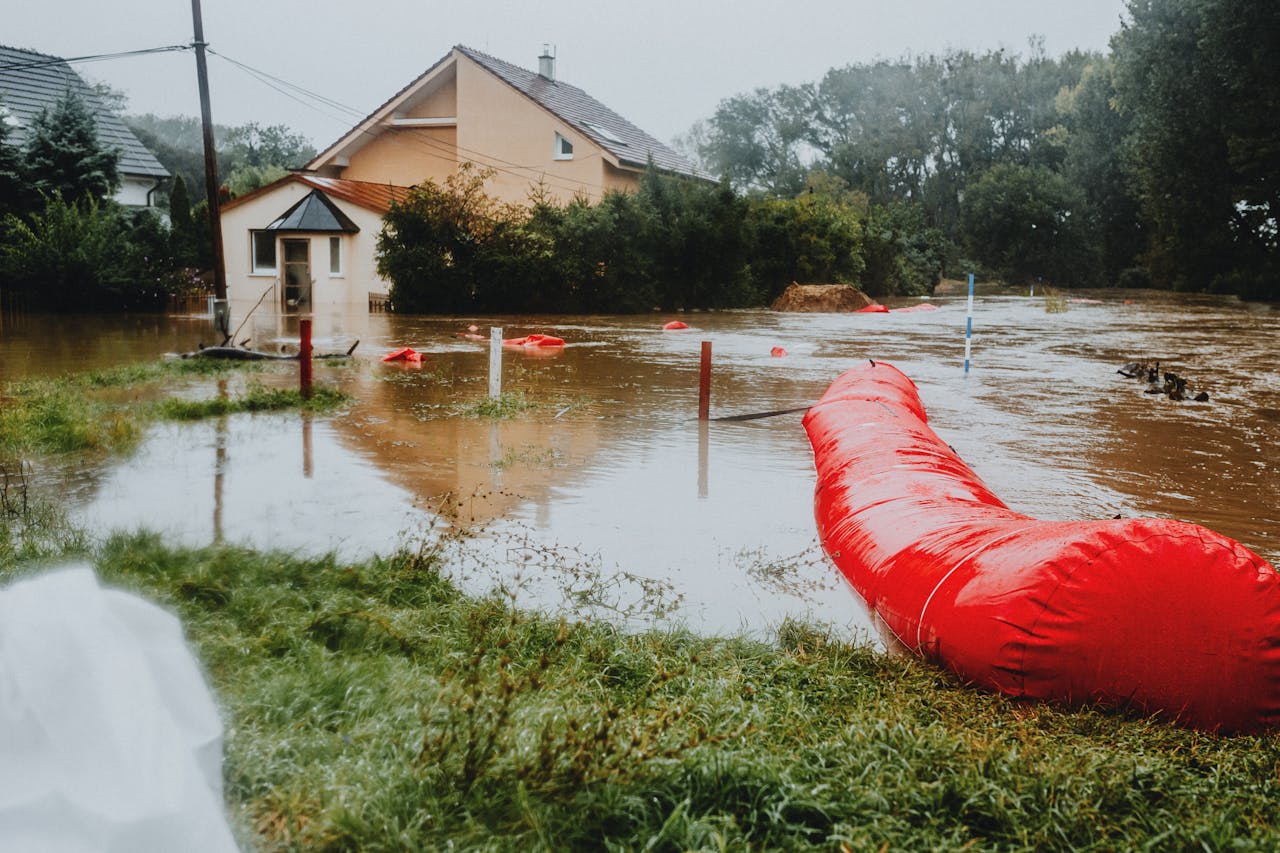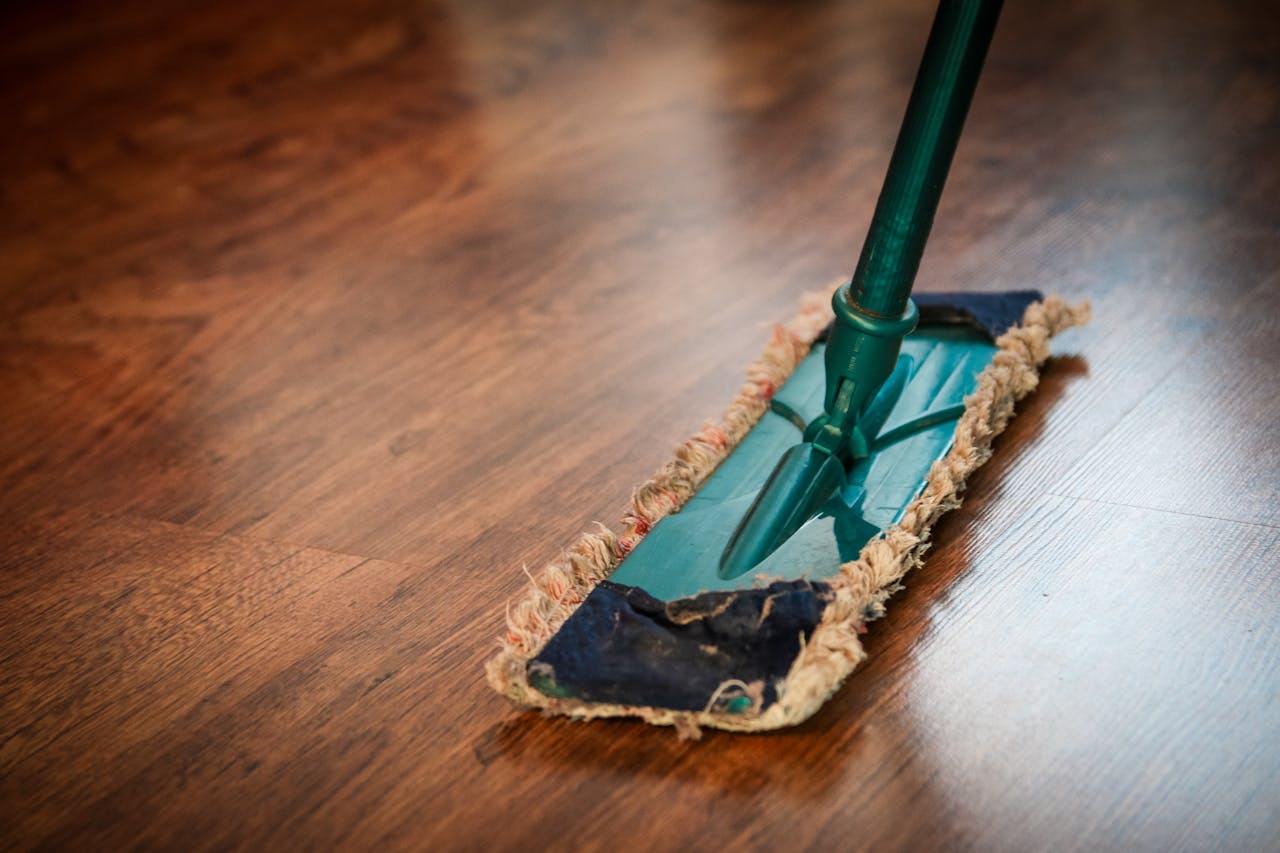Tips for Dealing with Sewage Flooding in Your Home
Sewage flooding in a home creates one of the most distressing and hazardous situations a homeowner can experience. Beyond the unbearable odor, it brings bacteria, viruses, and other harmful contaminants that pose serious health risks. Immediate action helps reduce long-term damage and protects everyone in the household. Whether the flooding stems from heavy rains, blocked pipes, or a failed sump pump, knowing how to respond can limit destruction and speed up the recovery process. The following guide offers practical steps to take when your home is hit by a sewage backup.

Understanding Restoration Services for Sewage Damage
When sewage enters your home, your safety and the integrity of the building become priorities. Professional intervention often becomes necessary once the mess spreads beyond a single room or affects key structural components. Companies specializing in sewage cleanup restoration services bring in protective gear, industrial-grade vacuums, drying equipment, and antimicrobial treatments. Working with experienced technicians reduces the likelihood of lingering contamination or mold growth, which can otherwise create long-term problems behind walls and under floors.
Restoration teams not only clean but also assess hidden damage and remove materials that cannot be salvaged, such as soaked drywall or carpeting. They document everything for insurance purposes and typically work quickly to prevent further decay or pest infestations. By acting fast, these professionals protect both your home and your peace of mind.
Protecting Your Health and Safety First
Before handling any sewage flooding, safety must always be considered. Raw sewage may contain pathogens that cause infections or illnesses. Limit contact by keeping pets and children away from the affected area. If you must enter, wear rubber boots, gloves, and a mask rated for biological protection. Avoid touching your face, and be sure to wash thoroughly after leaving the area.
Shutting off electricity to affected spaces can prevent accidental electrocution. Flooded outlets or submerged electronics carry serious risks. If you cannot reach the breaker safely, wait for a professional. In homes with gas-powered appliances, check for unusual smells or hissing sounds, which may signal a gas leak.
Contaminated water can spread to HVAC systems, meaning spores and bacteria could circulate throughout the home. Turning off air conditioning or forced air heat in the early stages of a sewage event can stop the spread of airborne pathogens.
Removing Contaminated Items and Materials
Once the area is safe to enter, begin removing any items that have come into contact with sewage. Porous materials such as fabric, carpet, and drywall cannot be fully sanitized and should be discarded. These items trap moisture, becoming breeding grounds for bacteria and mold. Furniture with upholstered surfaces, cardboard boxes, and children's toys should also be treated as unsalvageable if directly affected.
Hard surfaces, on the other hand, can often be cleaned and disinfected. Separate salvageable from non-salvageable items and store anything to be saved in a clean, dry area away from the flooded zone. Keep a list of everything discarded and photograph it if you plan to file an insurance claim. Wearing gloves and using double-bagged trash bags helps limit exposure during this process.
Thoroughly Cleaning and Disinfecting the Area
After removing all waste and damaged materials, the next step is cleaning the exposed surfaces. Begin with hot water and a detergent to remove dirt and visible grime. Then apply a disinfectant strong enough to kill bacteria, viruses, and fungi. Choose products rated for sewage-related cleanup, and follow the manufacturer's instructions for contact time and dilution.
Floors, walls, and non-porous furniture must all be scrubbed and disinfected. Give special attention to corners, baseboards, and areas behind appliances, where moisture often lingers. If mold is visible, treat it directly and dry the surface thoroughly. Use fans and dehumidifiers to remove excess moisture from the air. The drying process may take several days and should not be rushed, as trapped humidity can cause mold to develop even after cleaning appears complete.

Working with Insurance and Keeping Records
Documenting everything thoroughly makes the claims process smoother. From the moment sewage flooding is discovered, take photos or videos of the affected areas. List all damaged belongings, including descriptions, purchase dates, and estimated values if available. Keep receipts for any repairs, cleanup services, or materials purchased.
Most standard homeowners' insurance policies do not cover sewage backup unless specific coverage is added. If you're unsure about your policy, check with your agent. When hiring outside help, work with licensed and insured restoration companies. They often coordinate with insurance adjusters, providing reports and cost breakdowns that match industry standards.
Sewage flooding brings with it not just mess and odor, but real risks to health, home structure, and financial stability. Acting quickly, cleaning carefully, and calling in expert help when needed limits the damage and speeds recovery. Investing time in prevention and preparation makes all the difference. A well-informed approach means a safer environment and a stronger response when the unexpected happens.
Published 5/9/25